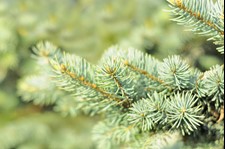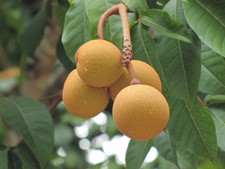For centuries, people worldwide have chewed on natural materials as way to freshen their mouths and remove food debris left behind from eating. Some of these materials include thickened resin and latex from certain types of trees, various sweet grasses, leaves, grains and waxes.

The ancient Greeks chewed mastic gum (or mastiche, pronounced "mas-tee-ka") for centuries. This substance is formed from the resin contained in the bark of the mastic tree found mainly in Greece and Turkey. Grecian women favoured chewing mastic gum to clean their teeth and sweeten their breath.
The Indians of New England taught American colonists to quench their thirsts by chewing the gum-like resin that forms on spruce trees when its bark is cut. In the early 1800's, lumps of this spruce gum were sold in the eastern United States, making it America's first commercial chewing gum. Sweetened paraffin wax became an acceptable alternative around 1850 and eventually surpassed spruce gum in popularity.
 Modern chewing gum products evolved from a chicle-based gum brought to the United States in the early 1860's. Chicle is derived from the milky juice (latex) of the sapodilla tree that grows in tropical rain forests of Central America. This tree is found mainly in the areas of Mexico, Guatemala and Belize, which lie within the Yucatan Peninsula.
Modern chewing gum products evolved from a chicle-based gum brought to the United States in the early 1860's. Chicle is derived from the milky juice (latex) of the sapodilla tree that grows in tropical rain forests of Central America. This tree is found mainly in the areas of Mexico, Guatemala and Belize, which lie within the Yucatan Peninsula.
Due to the increased popularity of these products, the demand for chicle rose quickly. But, as chicle-suppliers soon realised, their ability to supply chicle was limited by the trees from which it was derived. The trees needed an average of four to eight years of rest between tappings. When chicle-bearing trees of Central America could not keep up with demand, manufacturers turned to synthetic gum bases to continue their business. Paraffin, originally discovered in 1830, was an option as it is colourless, odourless, tasteless and plentiful, but others kept searching for a better material. An Ohio dentist used rubber to create a gum product for jaw exercise and gum stimulation. William F. Semple was honoured for this work with the first patent to manufacture chewing gum in December 1869.
Today, gum base is made of man-made latex and divided into two major categories, chewing and bubble gum, with the latter having more elasticity.




